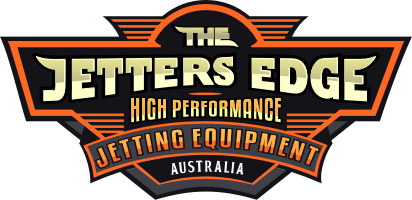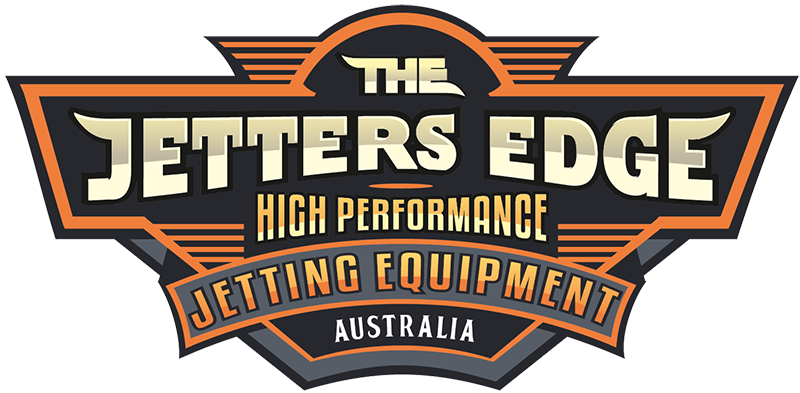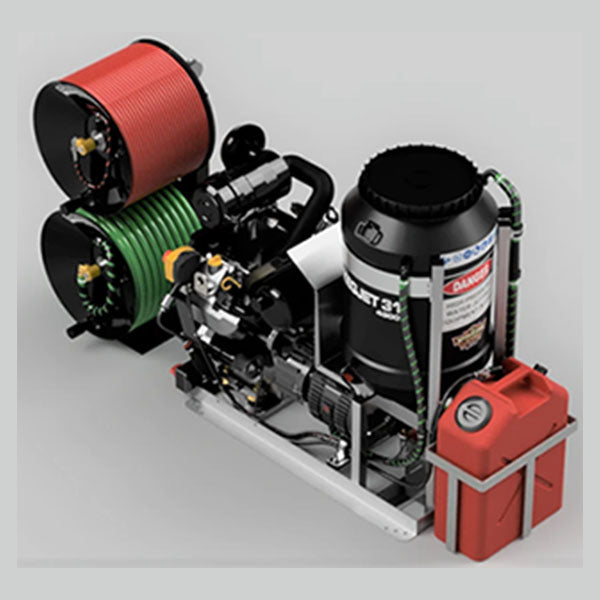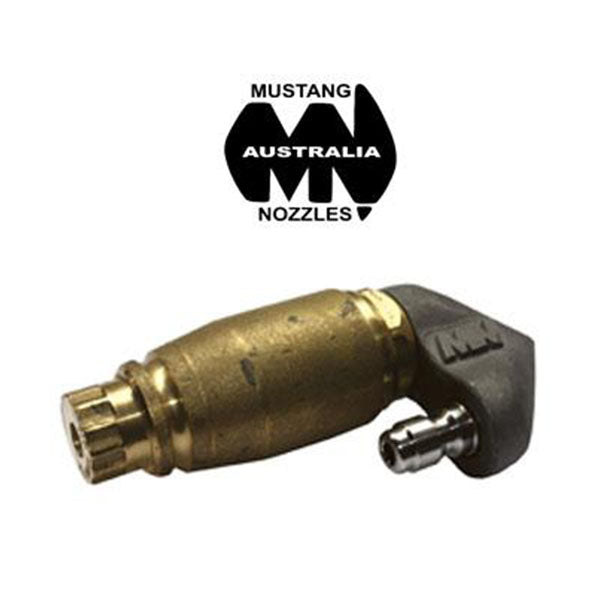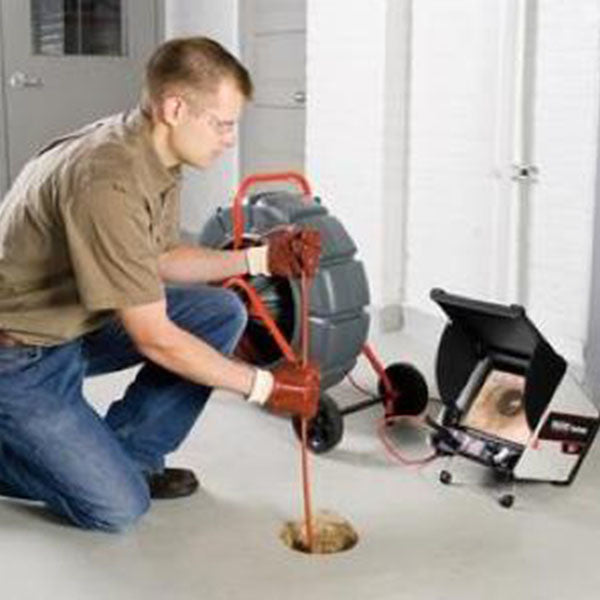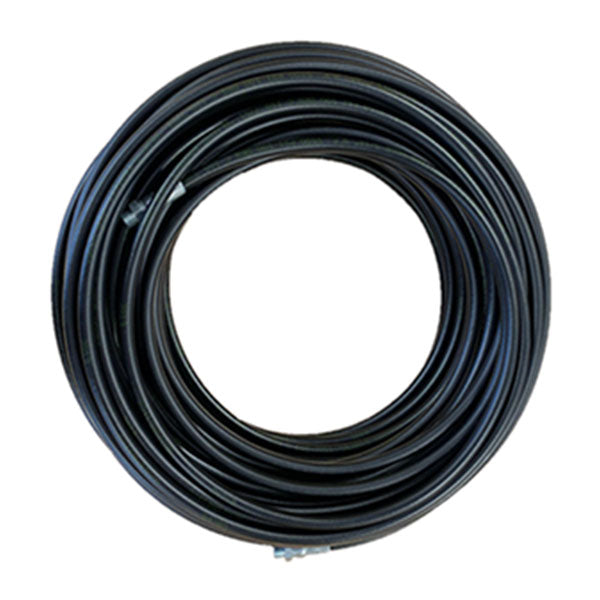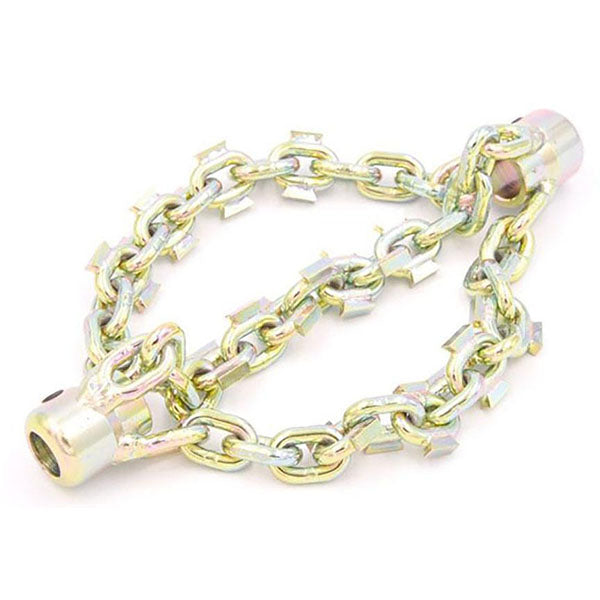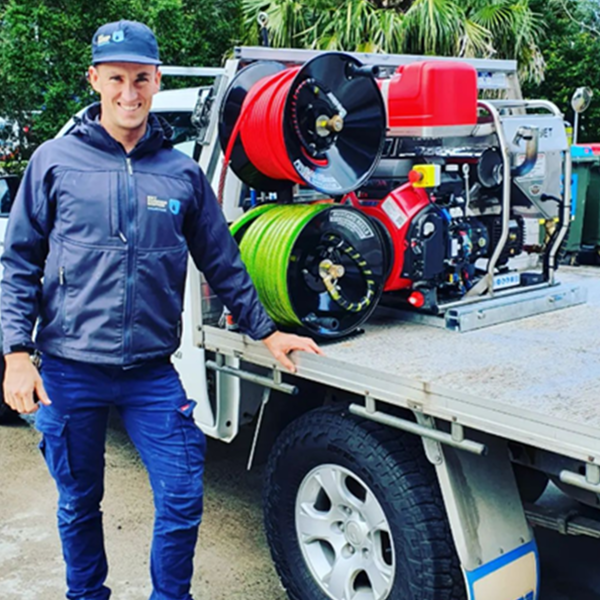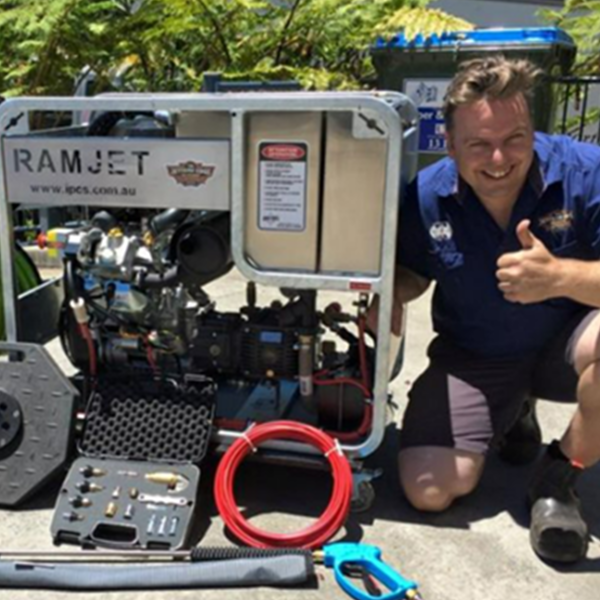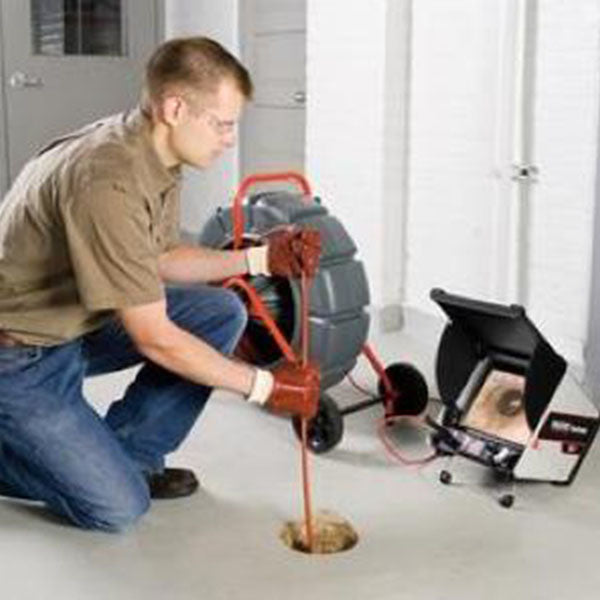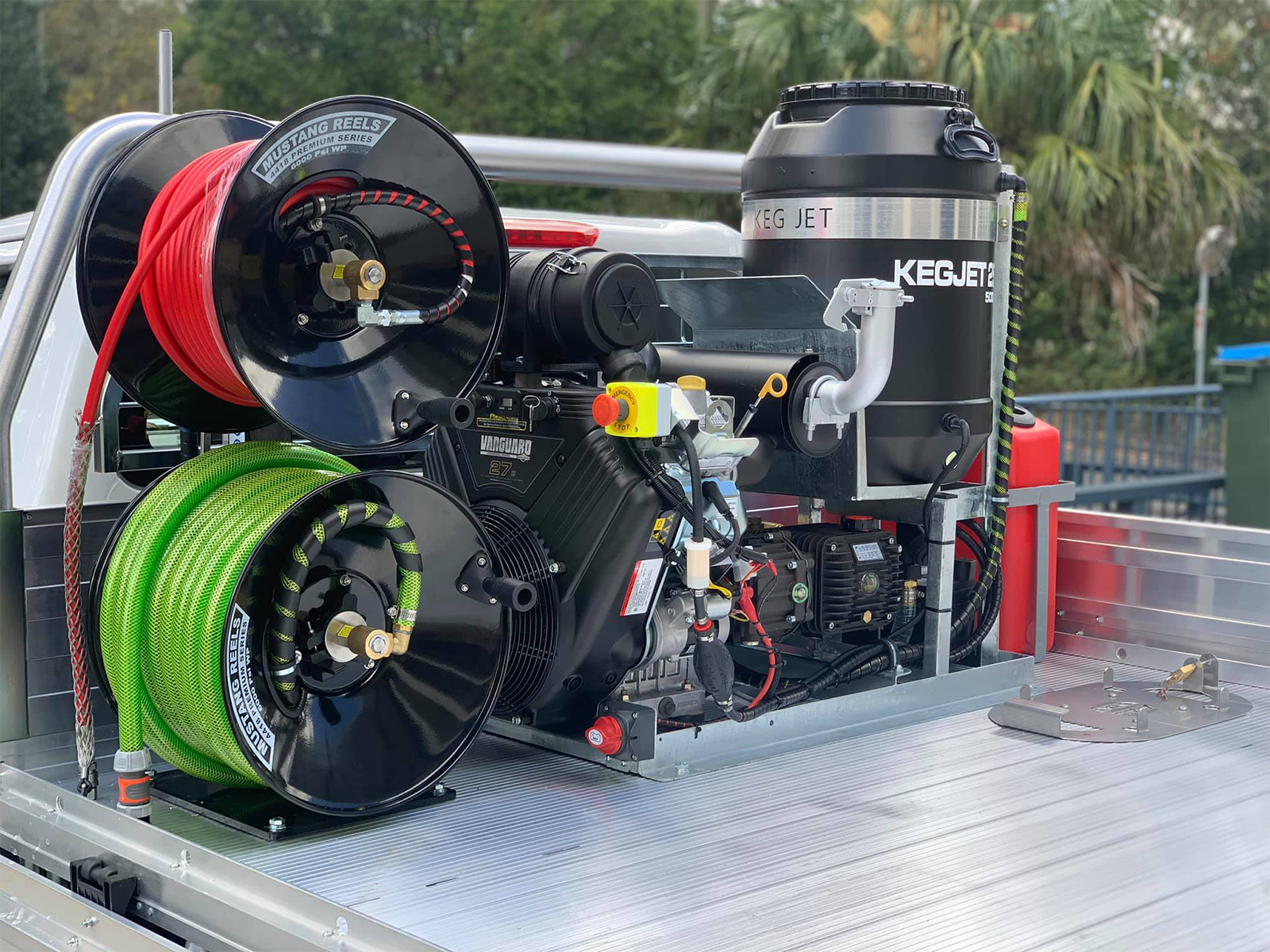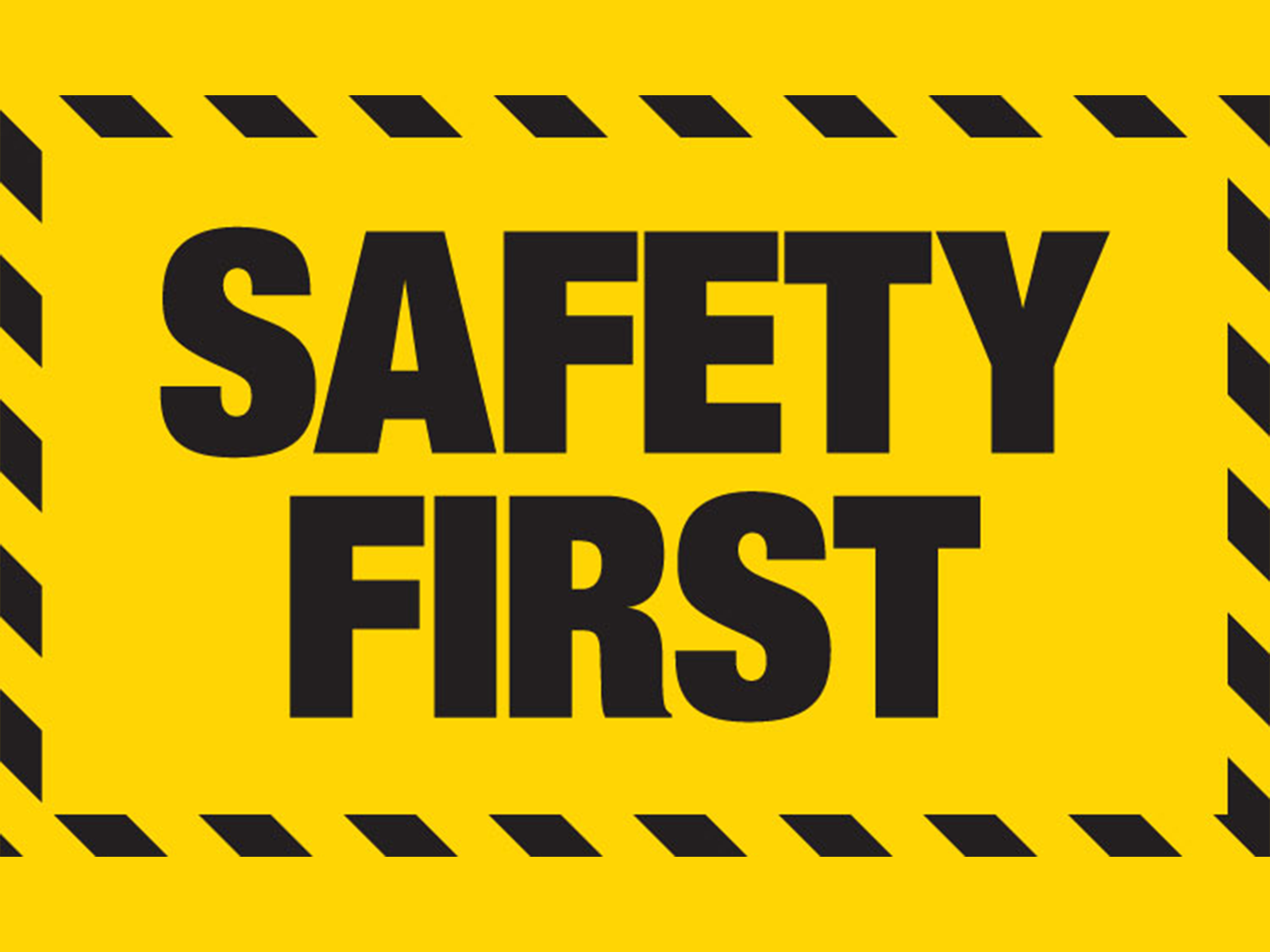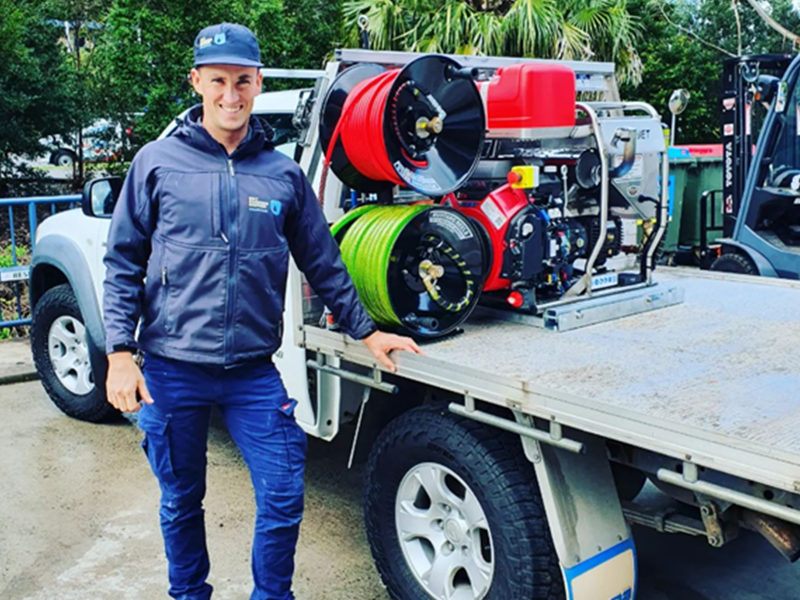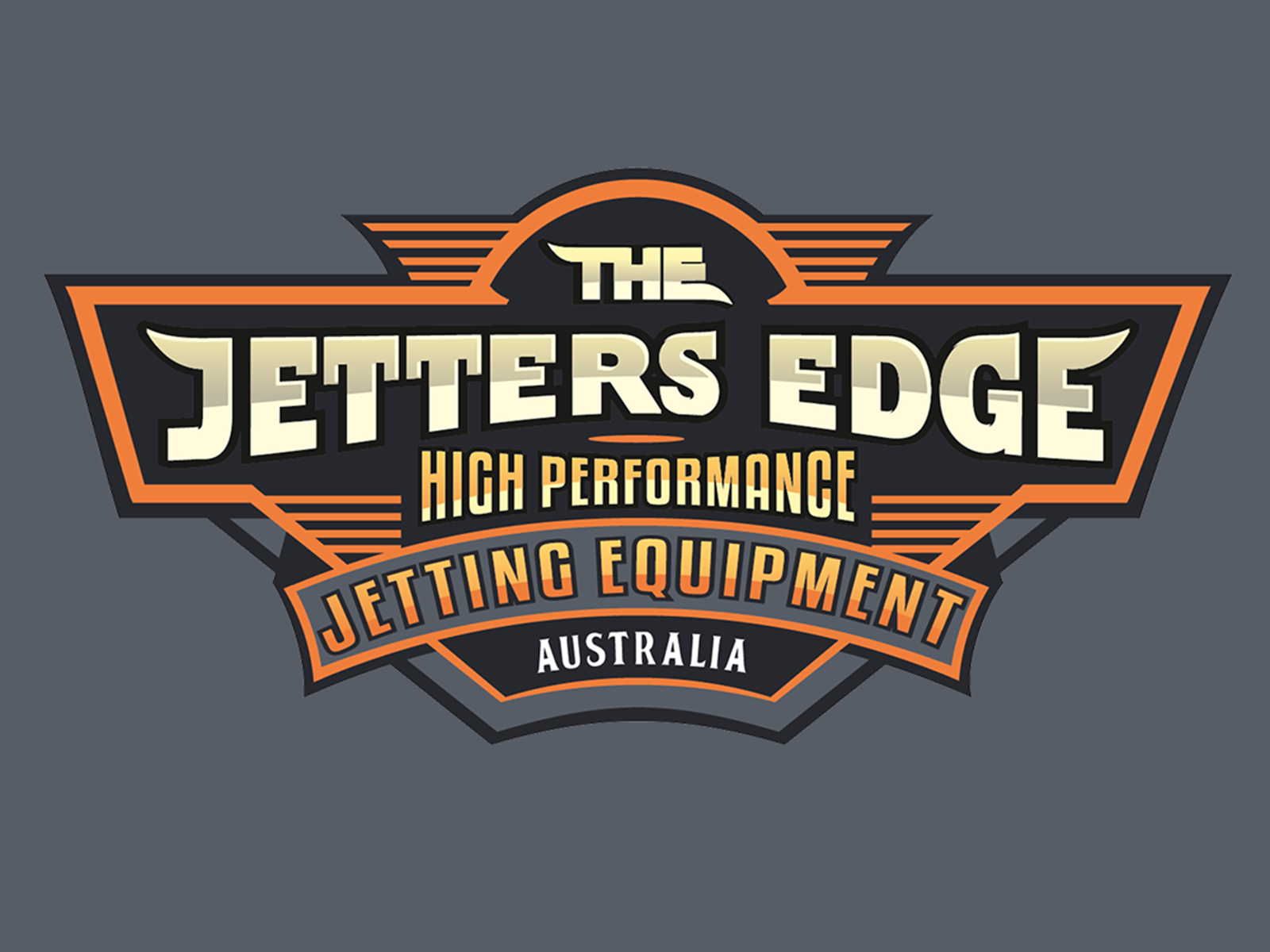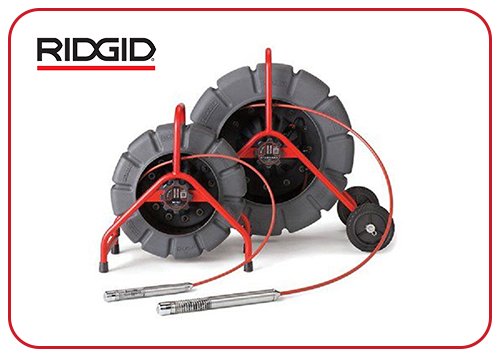
What's The Difference?
Thermal imaging cameras and non-contact infrared (IR) thermometers are both used for non-contact temperature measurements in a wide variety of applications, including plumbing. You may have a thermal camera yourself! Both operate according to the same principle: detecting infrared radiation and translating it into a temperature reading. There are several advantages to having a thermal compared to an IR thermometer, let’s take a look at what they are.
An IR thermometer, also known as a spot pyrometer or a temperature gun, gives the user a single number—the temperature measurement of a single spot on your target. A thermal imaging camera, on the other hand, gives you a temperature reading for each pixel of the entire thermal image and allows you to visualize an entire scene in thermal. Thermal cameras can also resolve temperatures from a long-distance as well, allowing the user to quickly inspect large areas.
Because it works according to the same physical principle as a thermal camera, an IR thermometer can be seen as a thermal camera with only one pixel. While this may be useful for many tasks because it only measures the temperature of one single spot the operator can easily miss crucial information, and this can be vital when assessing blocked or damaged drains.
Thermal Imaging Advantages
A major advantage of thermal imaging cameras compared to IR thermometers is that they can accurately measure temperatures from a greater distance. The distance at which a certain thermal camera or an IR thermometer can accurately measure a target of a given size and still get an accurate temperature measurement is known as the ‘Distance/Size Ratio’ or the D/S ratio.
Even if a hotspot is too small or far away to be accurately measured, a thermal camera may still be able to detect it when scanning over the drain or pipe, giving the operator a chance to move closer and get a more accurate reading. IR thermometers, on the other hand, generally require you to already know where you expect the hot spot or area of interest to be before you try to measure it. This can be a challenge when trying to find a blockage!

Scanning large areas, such as a long length of drain or pipe, using an IR thermometer is a time-consuming task because you have to scan every inch of the drain separately. A thermal imaging camera can spot even tiny issues along the drainage system much more quickly.
An IR thermometer can effectively detect and measure temperature, but its spot size may be too large for measuring extremely small components. However, thermal cameras with close-up optics can focus down to less than 5μm (micrometers) per pixel spot size. This allows plumbers to make measurements on a very small scale.
An IR thermometer is a great, affordable tool for many applications, especially those at close range when you have a good idea of where exactly you need to measure. However, for distance applications or for scanning a large area quickly, as many plumbers will need to do, a thermal camera is usually the better tool for the job.
Shop Thermal Imaging Online
View the full range of FLIR Thermal Imaging cameras on our website and call to discuss the best product match for you and your team today - (02) 9986 1186!
